Home>Ideas and Tips>DIY Guide To Installing Under-Cabinet Lighting
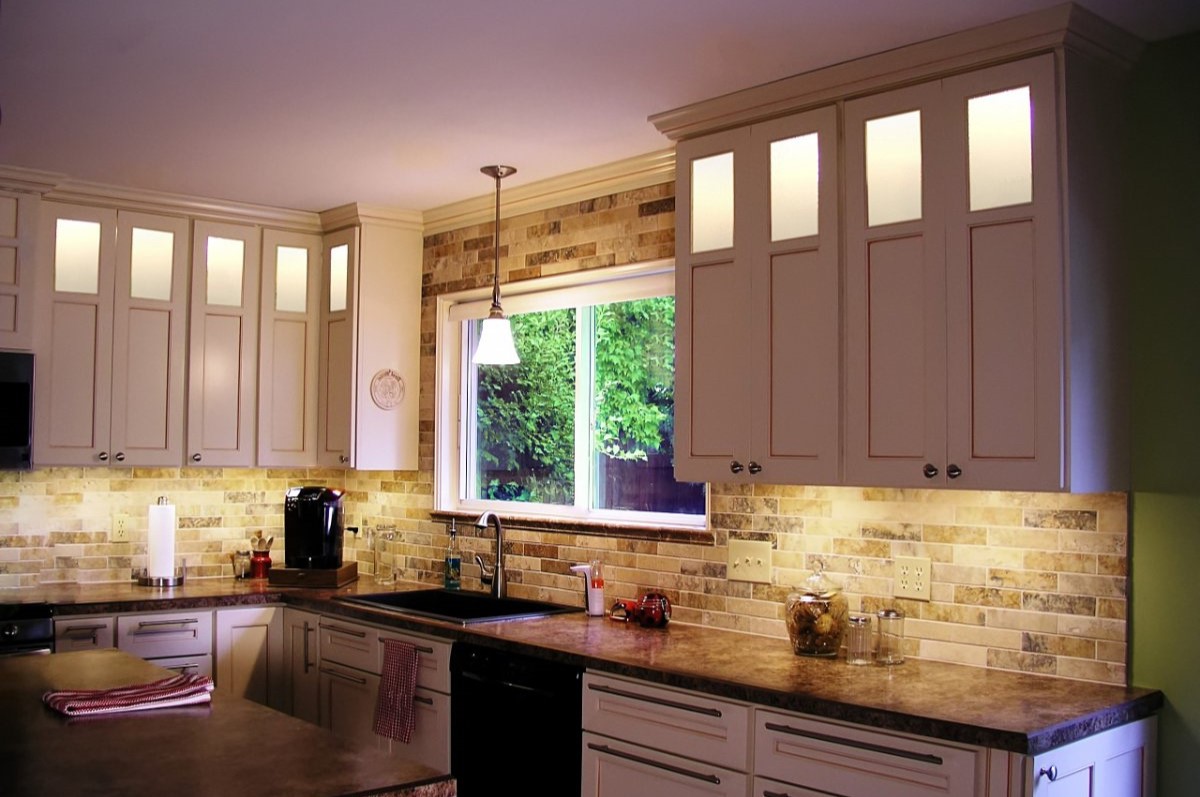

Ideas and Tips
DIY Guide To Installing Under-Cabinet Lighting
Published: August 28, 2024
Learn how to install under-cabinet lighting with our comprehensive DIY guide. Enhance your space with easy-to-follow steps and expert tips.
(Many of the links in this article redirect to a specific reviewed product. Your purchase of these products through affiliate links helps to generate commission for Storables.com, at no extra cost. Learn more)
Introduction
Under-cabinet lighting has become increasingly popular due to its versatility and ease of installation. Unlike traditional lighting methods, LED light strips are thin, flexible, and easy to mount on the underside of cabinets. They come in various colors and temperatures, allowing you to choose the perfect hue for your space. Whether you're looking to highlight your kitchen backsplash or create a warm ambiance in your bedroom, under-cabinet lighting is an excellent choice.
Choosing the Right Supplies
Before diving into the installation process, it's crucial to select the right supplies. Here are some key components you'll need:
-
LED Light Strips: These are the primary components of under-cabinet lighting. They come in different lengths, colors, and temperature options (measured in Kelvin). For kitchens, cooler temperatures like 3100K or 4000K are often preferred for their neutral and bright light. For bedrooms or living rooms, warmer temperatures like 2700K can create a cozy atmosphere.
-
Power Adapter: Each run of LED light strips requires a power adapter. These adapters convert standard household voltage to the voltage required by the LED strips (usually 12V or 24V).
-
Mounting Channels: These are aluminum channels that hold the LED light strips in place. They often come with mounting clips but may require additional hardware for secure attachment.
-
Cord Hiders: These are essential for hiding wires and maintaining a clean look. They come in various shapes and sizes to fit different spaces.
-
Transformer Box: This is necessary for connecting multiple LED light strips to a single power source. It helps manage the power supply and ensures that the lights are turned on and off together.
-
Screws and Adhesives: Depending on your chosen mounting method, you may need screws or adhesives like Scotch Mount Extreme double-sided mounting strips.
Preparing Your Area
Before starting the installation, it's important to prepare your area and understand your layout:
-
Measure Your Cabinets: Measure the length of your cabinets to determine how much LED light strip you'll need. It's always better to have a little extra length to ensure complete coverage.
-
Plan Your Layout: Decide where you want to place the lights. For kitchens, it's common to place them under the upper cabinets where they can highlight the countertops and backsplash. For bedrooms, placing them under lower cabinets can create a warm glow.
-
Identify Outlets: Determine if you have existing outlets that can be used for the power supply or if you need to install new ones.
Step-by-Step Installation Guide
Step 1: Prepare Your Area and Understand Your Layout
Start by clearing the area under your cabinets. Remove any debris or obstructions that could interfere with the installation process. Measure and mark the placement of the mounting channels and LED light strips according to your layout plan.
Step 2: Understand How All of the LED Components Connect Together
Read through the instructions provided with your LED light strips and transformer box to understand how all the components connect together. This includes knowing which wires go where and how to secure them.
Step 3: Drill Necessary Holes
Using a drill, create holes in the underside of your cabinets where you'll be attaching the mounting channels. Make sure these holes are evenly spaced and aligned with your layout plan.
Step 4: Cut Mounting Channels to Length
Cut the mounting channels to the required length using a saw or a utility knife. Ensure that they fit snugly under your cabinets without any gaps.
Step 5: Cut and Connect LED Light Strips
Cut the LED light strips to the desired length using scissors or a utility knife. Connect them to the power adapter according to the manufacturer's instructions. Make sure all connections are secure to avoid any power issues.
Step 6: Attach LED Strip Light Mounting Channels to Cabinets
Attach the mounting channels to the underside of your cabinets using screws or adhesives. If using screws, ensure they are not too long as they can poke through the cabinet material. If using adhesives like Scotch Mount Extreme double-sided mounting strips, cut them into small sections and adhere them firmly to both the mounting channels and the cabinet surface.
Step 7: Hide Cords on the Inside of the Cabinets
Once all lights are installed, hide the cords using cord hiders. These can be placed inside the cabinets or along the edges to keep them out of sight. For added security, use caulk around any seams where the cover pieces meet the cabinets.
Tips and Tricks
Choosing the Right Color Temperature
The color temperature of your LED light strips is crucial for creating the desired ambiance. Warm temperatures (2700K-3000K) are ideal for bedrooms or living rooms where you want a cozy atmosphere. Cool temperatures (3100K-4000K) are better suited for kitchens where task lighting is necessary.
Managing Wires
Wire management is essential for maintaining a clean look. Use cord hiders to hide wires inside the cabinets or along edges. This will prevent any unsightly cords from ruining your project.
Power Supply Options
You have several options when it comes to powering your under-cabinet lighting:
- Plug-in Power Supplies: These convert standard household voltage to the required voltage for your LED strips.
- Battery-Powered Lights: These are useful if you don't have access to a plug-in outlet.
- USB-Powered LED Strips: These can be powered directly from a USB port, making them convenient for small projects.
Mounting Methods
There are two common mounting methods:
- Screw Mounting: This involves drilling holes in the cabinet and attaching the mounting channels using screws.
- Adhesive Mounting: This uses adhesives like Scotch Mount Extreme double-sided mounting strips for a more secure and mess-free installation.
Case Studies
Example 1: Installing Under-Cabinet Lighting in a Kitchen
In a recent kitchen renovation, the homeowner decided to install under-cabinet lighting using LED light strips. The process involved preparing the area, measuring and marking the placement of the lights, drilling holes for screw mounting, cutting and connecting the LED strips, attaching them to mounting channels, and finally hiding cords using cord hiders.
Example 2: Installing Under-Cabinet Lighting in a Laundry Room
Young House Love shares an example of installing under-cabinet lighting in a laundry room using Ikea's GRUNDTAL Spotlights. The process involved popping out the lightbulb portion of each spotlight, securing them using screws so they wouldn't poke through the cabinet interior, connecting everything to a transformer box, and hiding cords using filler pieces.
Example 3: DIY Under-Cabinet Lighting Tutorial
Thrifty Decor Chick provides a DIY tutorial on installing upper and lower cabinet lighting using LED light strips. The process involves using existing outlets for plug-in cabinet lighting or running dedicated outlets if needed. The tutorial also highlights using plastic cord hiders to hide all cords on this project.
Conclusion
Installing under-cabinet lighting is a straightforward process that can significantly enhance your kitchen or any other space with upper cabinets. By choosing the right supplies, preparing your area properly, and following these steps, you can achieve professional-looking results without needing an electrician. Remember to consider factors like color temperature, wire management, and power supply options to ensure your project is both functional and aesthetically pleasing. With these tips and tricks, you're ready to tackle your own DIY under-cabinet lighting project!
Read more: DIY Guide To Installing Wainscoting
Additional Resources
For more detailed information on specific aspects of under-cabinet lighting installation:
- LED Strip Lights Around Corners: Learn how to bend LED strip lights around corners for a seamless installation.
- DIY-ish Under-Cabinet Lighting: Discover creative solutions for DIY under-cabinet lighting projects using flexible PCB LED strips and aluminum enclosures.
By following this comprehensive guide, you'll be able to create beautiful and functional under-cabinet lighting that enhances your space while providing excellent task lighting. Happy DIY-ing
Was this page helpful?
At Storables.com, we guarantee accurate and reliable information. Our content, validated by Expert Board Contributors, is crafted following stringent Editorial Policies. We're committed to providing you with well-researched, expert-backed insights for all your informational needs.
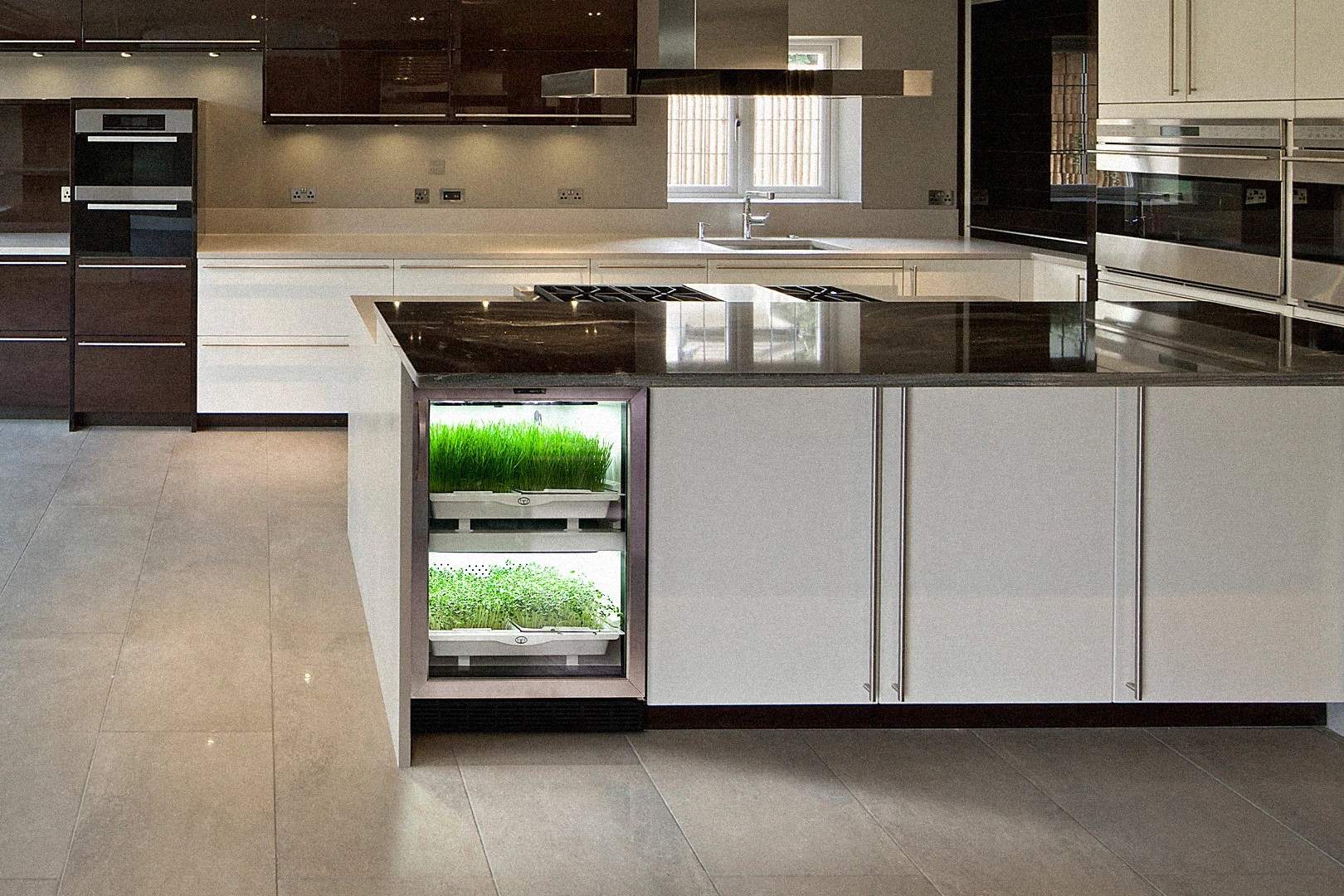
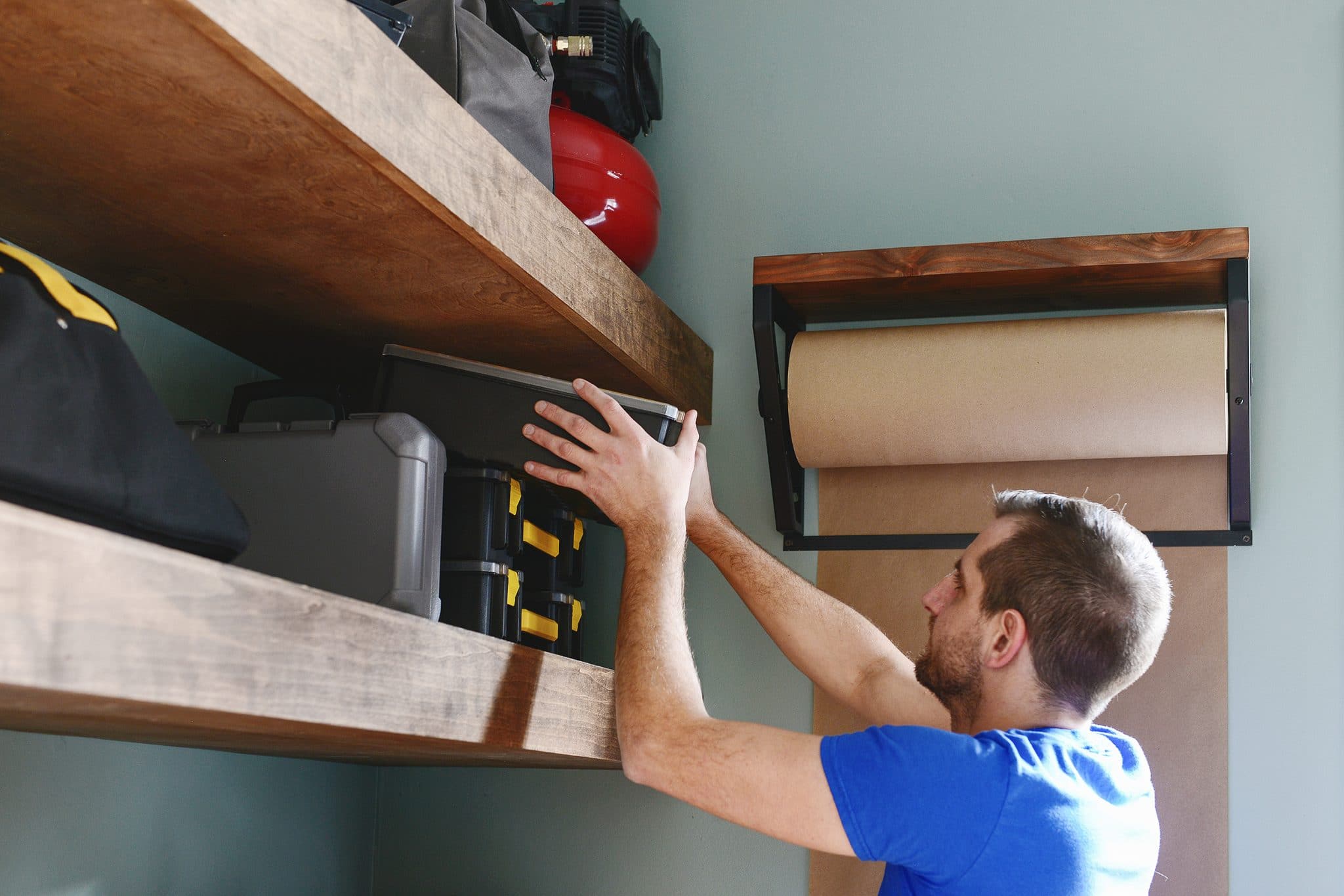
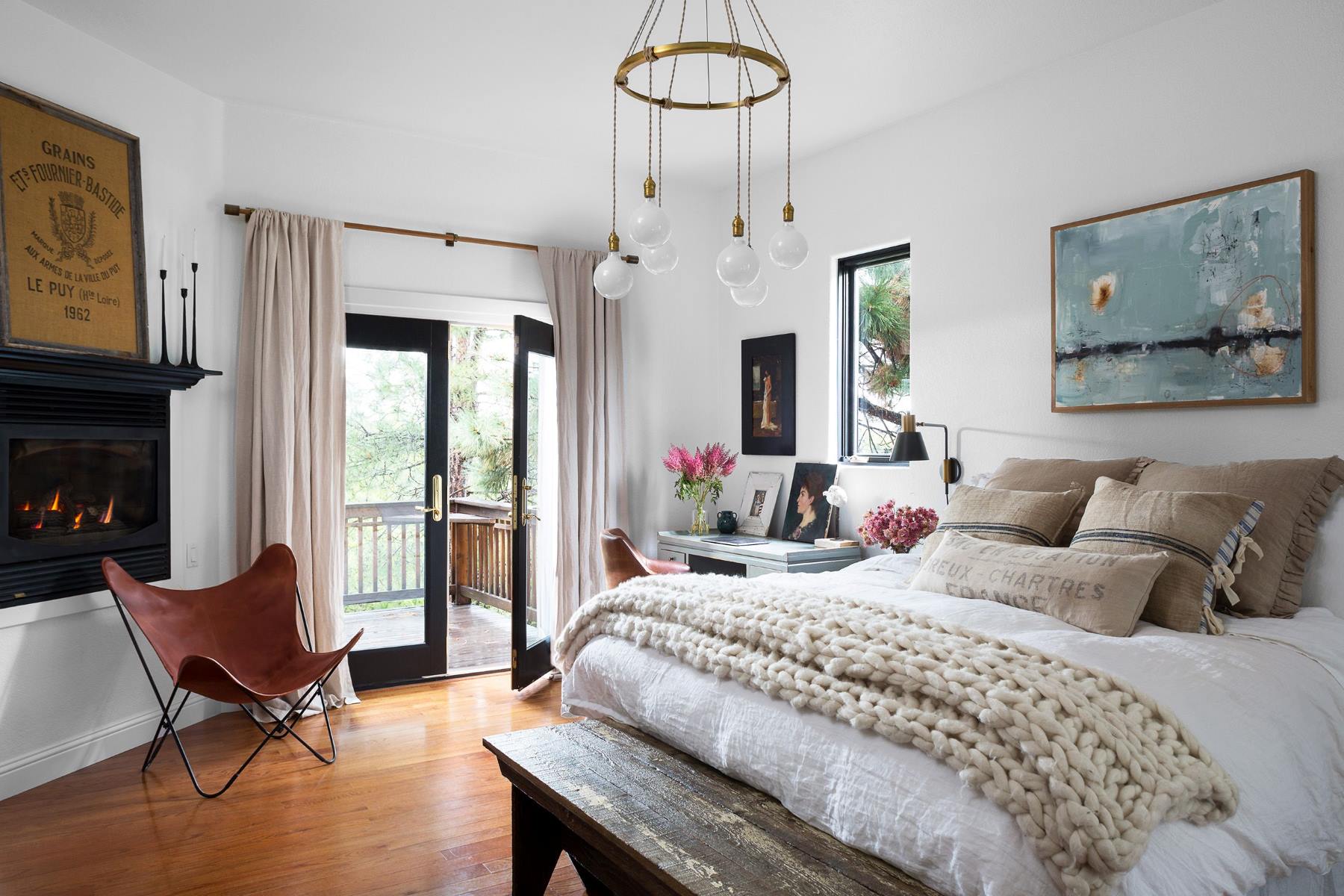
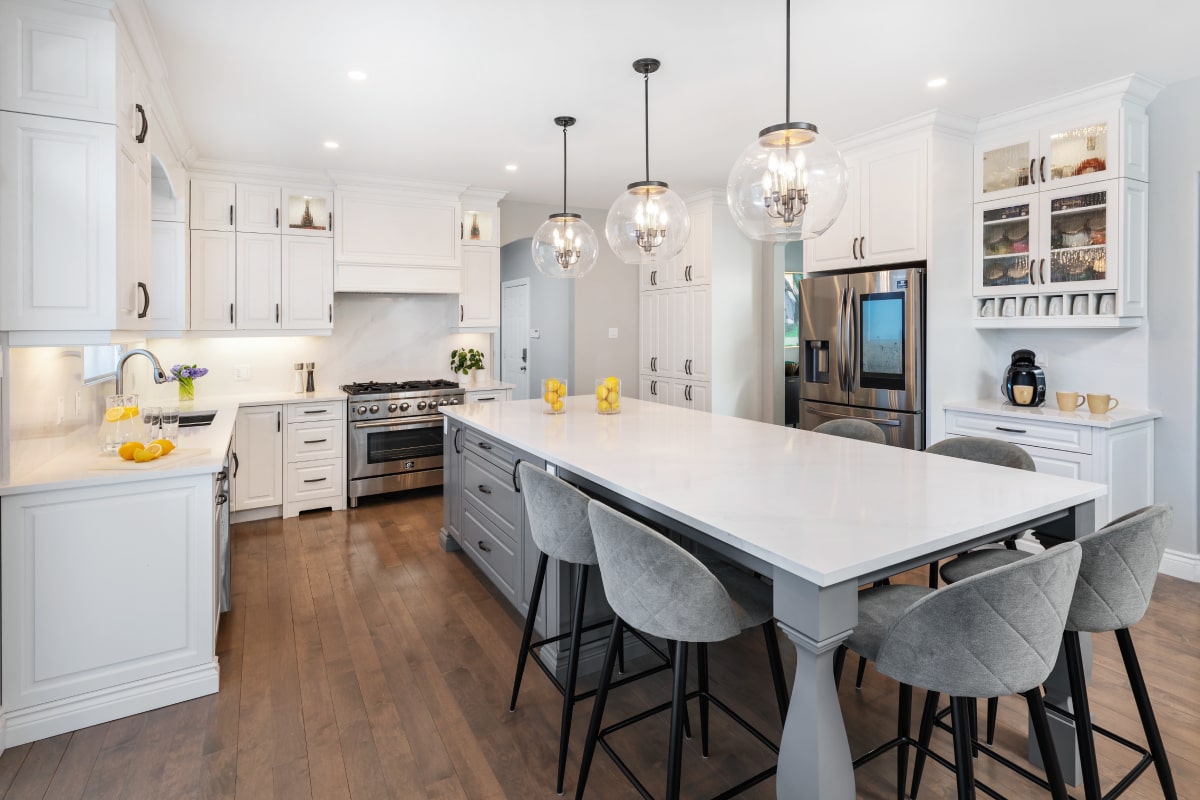
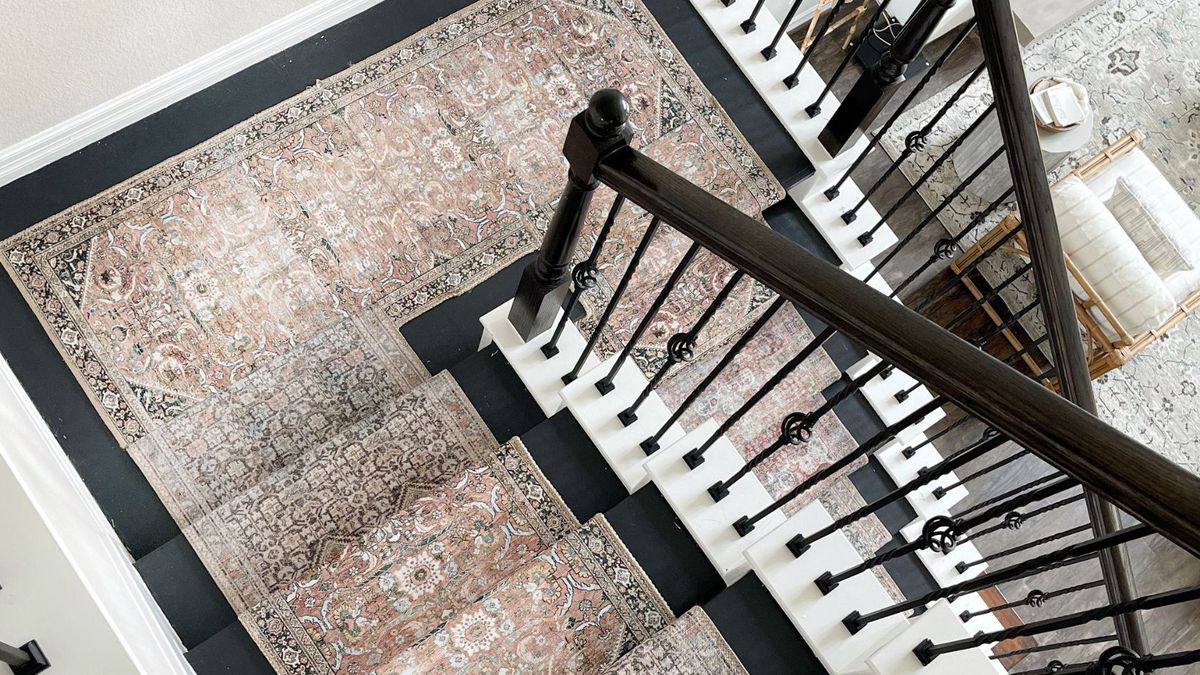
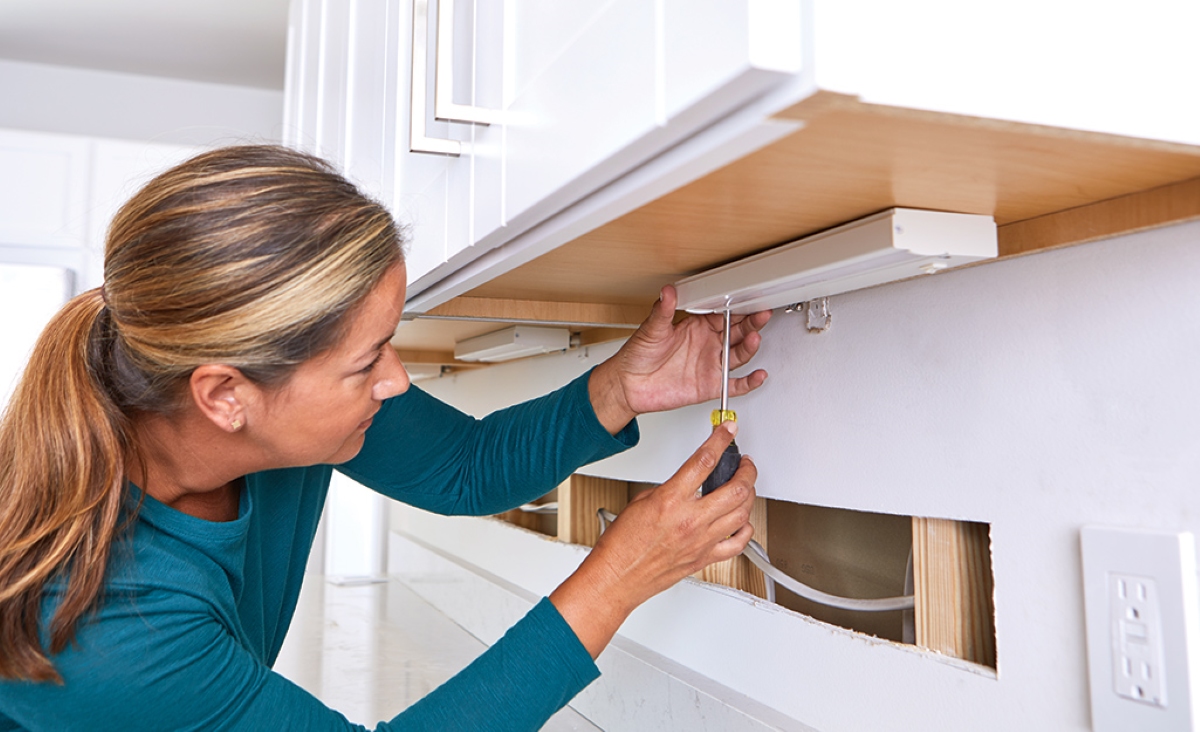
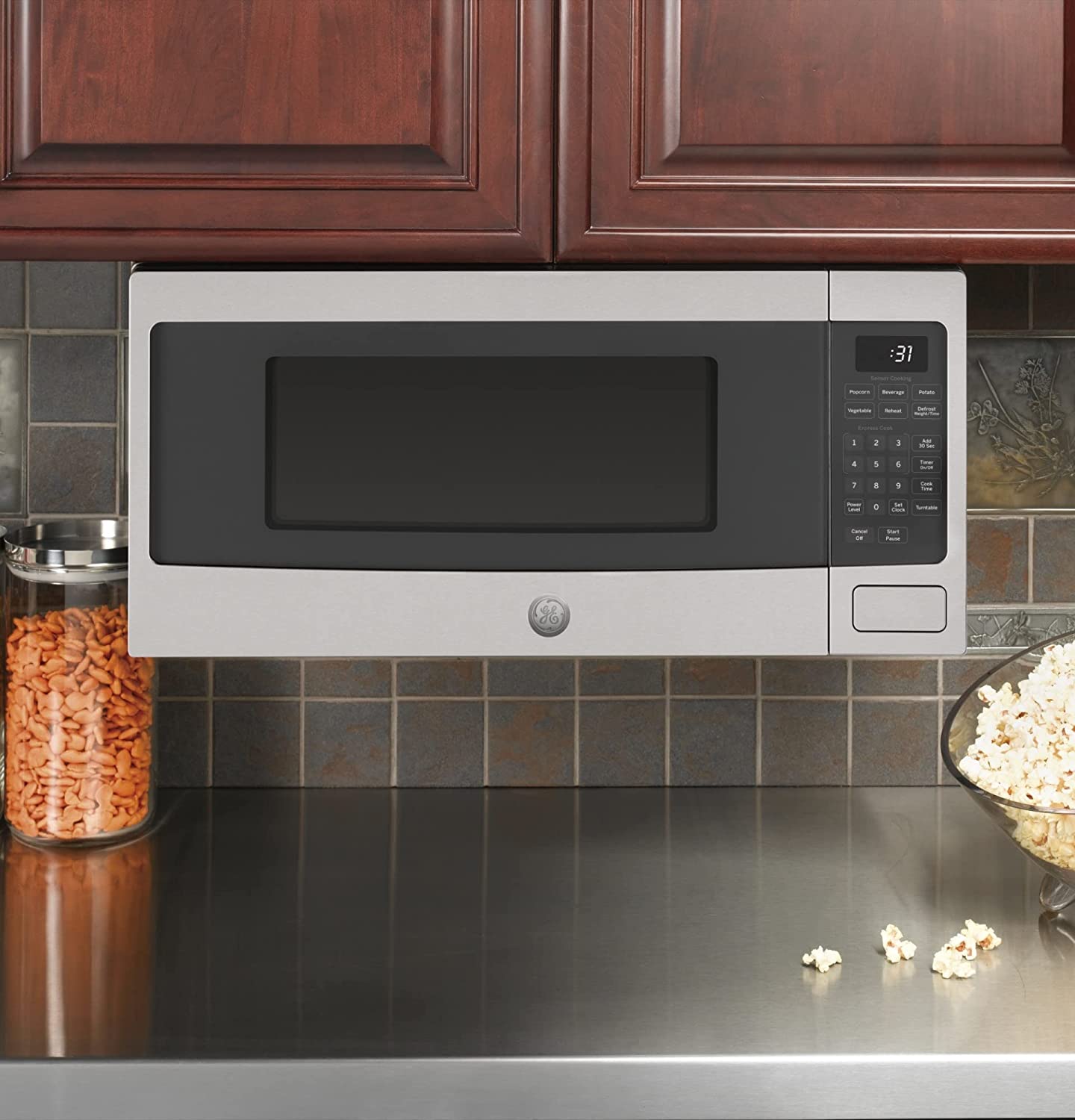
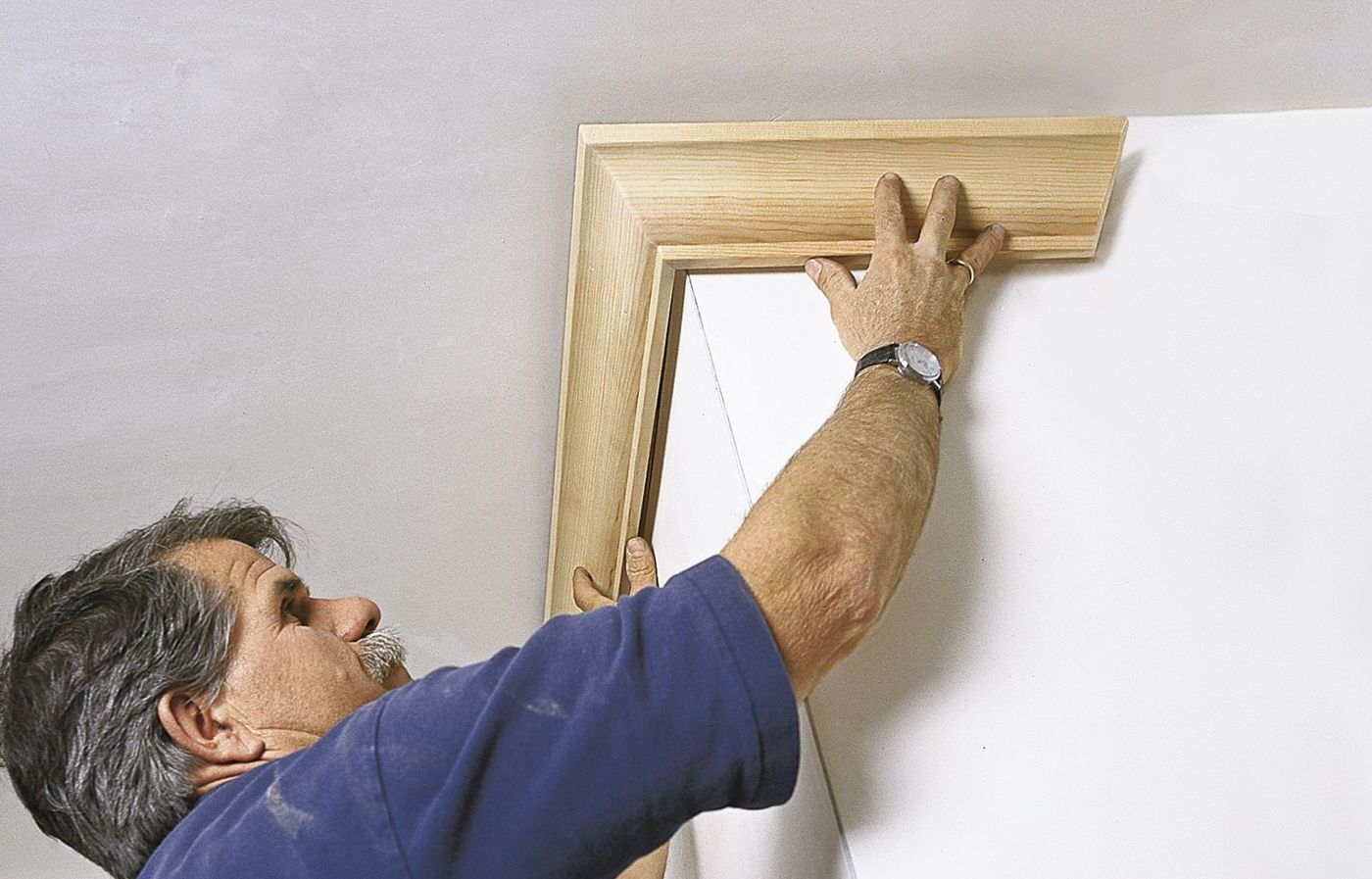
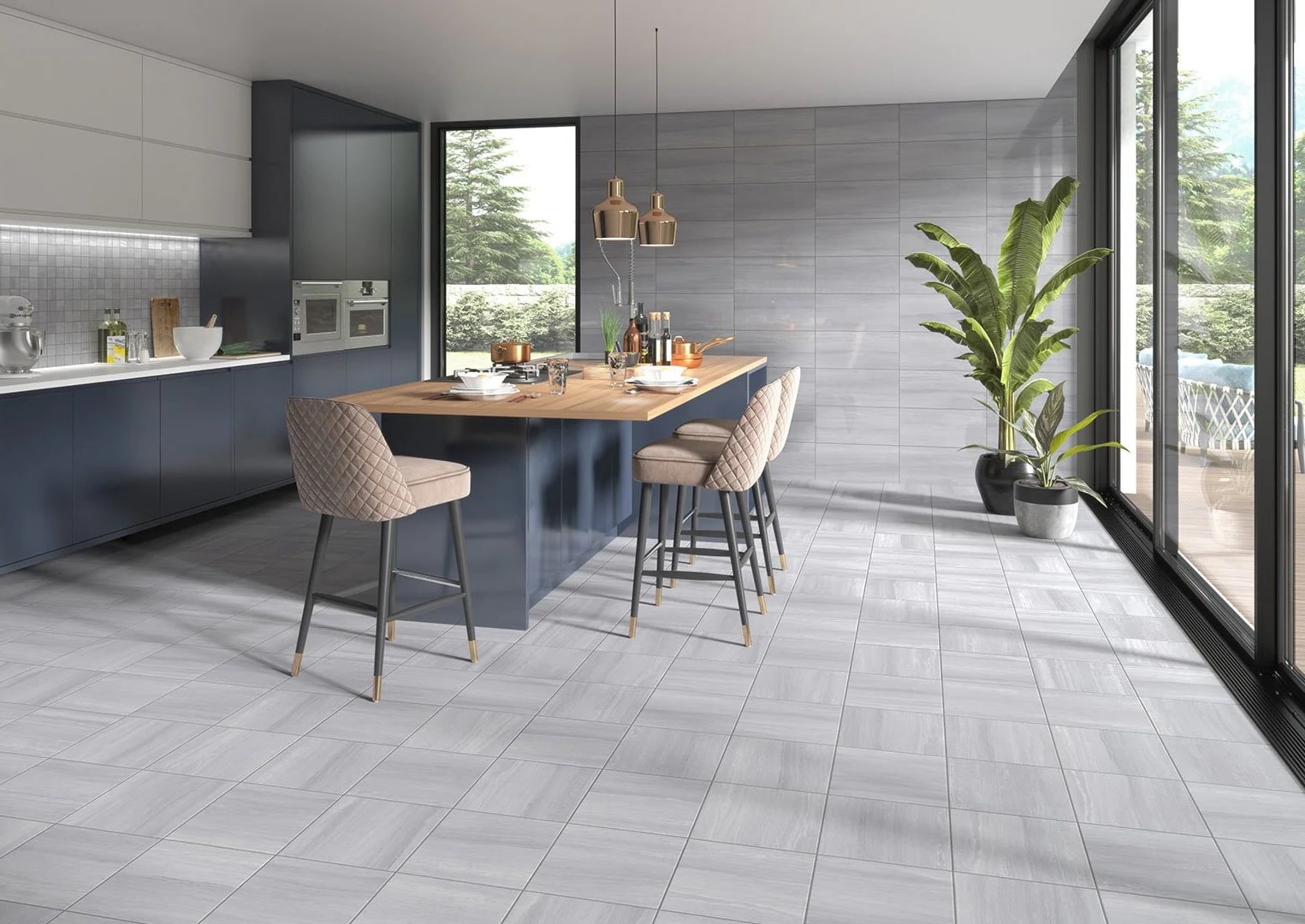
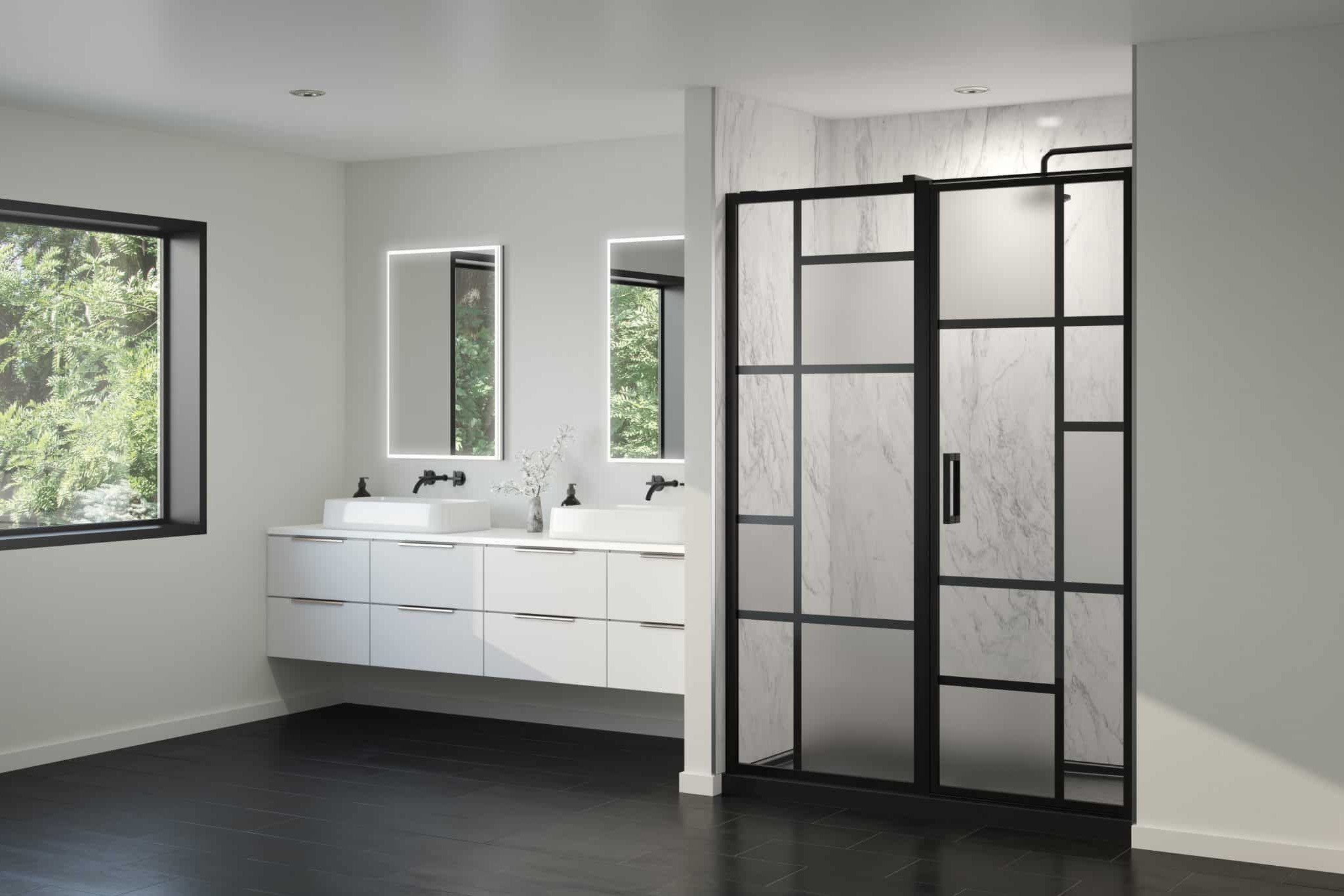

0 thoughts on “DIY Guide To Installing Under-Cabinet Lighting”